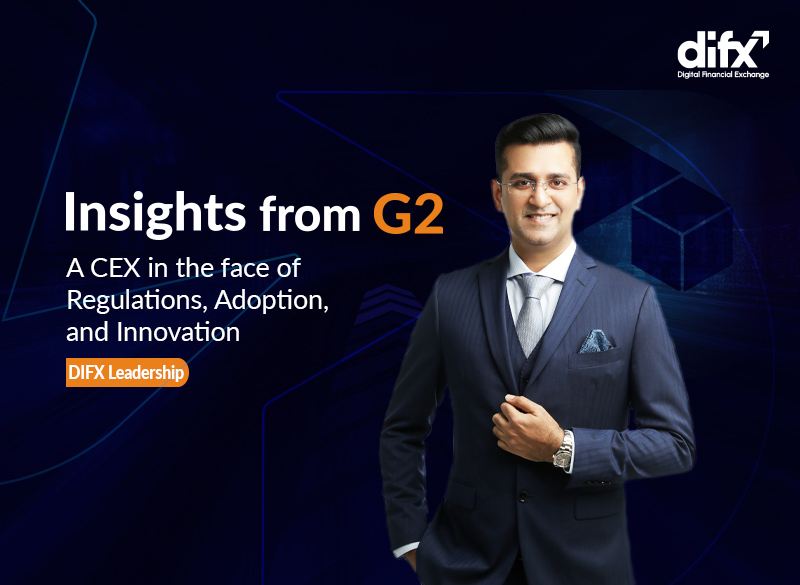My journey with digital assets started in 2015 when we were managing top family offices across East and Southeast Asia. I was trading on multiple exchanges in 2019 when I felt the need for a new platform as there were many issues that we needed to address.
That’s why we decided to launch our own exchange: Digital Financial Exchange (DIFX). DIFX came to life with one main goal: to bridge the gap between traditional and digital assets. However, ever since, and especially over the past year, the lack of regulation was the main issue we were facing as a centralized exchange.
I personally think that the real adoption, which we really need for digital assets, would only come when the regulators understand the real use case of digital assets and only then it would be possible to reach that mass adoption.
As a cross-asset exchange, I have seen that we have billions of users on the traditional side trading different asset classes. Currently, there’s a massive gap between digital and traditional assets. We have such a potential market, but if we want the shift, we need a regulator who would be very innovative going forward.
There are currently around 25 to 30 countries that have regulated digital assets but if we go deep into the regulations provided, we would see that there are hardly a handful of regulators who actually understand what is expected by the industry and have provided a detailed classification, which is needed to properly regulate the tokens.
Right now, we have seen different major regulators classifying one asset into different categories, confusing crypto users around the globe. This highlights the need for deeper crypto knowledge on the regulators’ side and it’s only then that we can expect that huge market shift to traditional assets, bringing the mass adoption to reality.
Over the past year, we have witnessed many users from Latin America, Middle East, and Pacific and Southeast Asia coming to the crypto industry. One reason for this shift can be linked back to the popularity of web3 projects and relative concepts like Play-to-Earn (P2E), Learn-to-Earn (L2E), and so on. However, I truly feel that remittance and the ability to transfer funds without limits is the main reason behind the move.
As an exchange, we are trying to provide the best solutions for the general public; to offer users with no deep knowledge of crypto assets a user-friendly platform to benefit from this new asset class for day-to-day use cases like transferring funds back to their home country.
Aside from that, the novelty of crypto assets has caused many people to lose their funds due to a lack of proper wealth management solution. We have launched our Nomination Program which allows each and every user of our exchange to have an option to transfer their crypto funds to their family members, friends, and relatives as a way to prepare for unfortunate events. If anything happens to them, the designated portion of their assets on the platform would be transferred to their family members in a robust way, thanks to blockchain technology.
At the end of the day, if you secure the required licenses and register with proper regulators, have a seamless KYC process in place, and protect your users’ funds through a robust mechanism, you are meeting the key points that you need as an exchange. After this, we can eventually witness the real mass adoption that the crypto and blockchain space really deserve.

